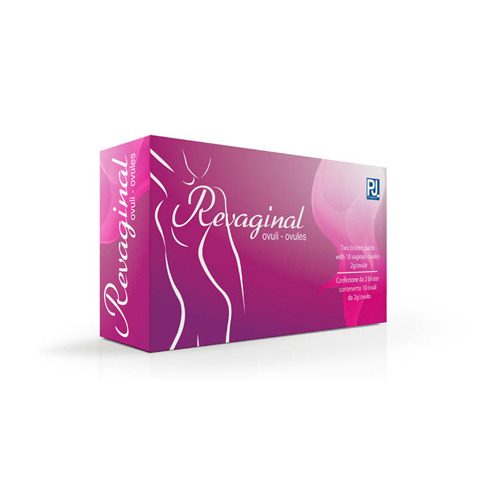Is Tea tree oil the future of antibiotic therapy?
If you read this you might also be interested to our product based on Ialuronic acid, Lactic acid, Polycarbophil and Tea tree oil
The problem of antibiotic-resistant infections is becoming more and more crucial in the modern era.
This year, the first cases of infections sustained by bacteria resistant to any known antibiotic molecule were recorded.
In addition to reflections on the use of antibiotics in therapy, especially when the use may improper, researchers are also seeking help from the plant to find new antibiotic agents.
Like us, plants need to defend themselves from pathogens and, in doing so, they use mainly essential oils.
Essential oils are made up of volatile terpene molecules with important antimicrobial activity.
The advantage is that these essential oils are a pool of substances with very different actions, so it is much more difficult to experience the phenomenon of bacterial resistance.
One of the most interesting plants from this point of view is the Melaleuca alternifolia.
The Melaleuca is a tree of Australian origins, by distillation from its leaves is obtained the so-called “Tea tree oil”.
The common name of the “Tea tree” plant comes from the use as a substitute for tea made by British sailors in Admiral Cook’s expeditions (1765-1776).
To avoid confusion with other essential oils derived from plants of the same species (cajeput or “Melaleuca leucodendra”, niaouli “Melaleuca viridillora”) or other species (Leptospermum scoparium), an international standard has been set.
Since 1996, Tea tree oil must contain no less than 30% terpinen-4-olo, between 10 and 28% of gamma-terpinene and between 5 and 13% of alpha-terpinene.
These substances are able to fit into the phospholipid layer of the plasma membrane, compromising its functionality.
In addition, they are able to stop the cellular respiration of the bacterium, in this way the pathogen self-lysed.
Based on these in vitro studies, a Portuguese study compared the efficacy of a germicidal soap to 0.3% of Tea tree oil, compared to a 0.5% triclosan soap.
The subjects were analyzed for the E. coli colonies development after washing their hands with the two soaps.
Detergents have proved equally effective in reducing the presence of bacteria.
Additionally, the effectiveness of tea tree oil has also been demonstrated in the orthodontic field.
Indeed compared to a “normal” toothpaste, a tea tree oil based toothpaste significantly reduced the development of bacterial colonies and bacterial biofilm after 4 weeks of treatment.
However, patients’ compliance with the toothpaste has not been verified.
In fact, one of the “side effects” of the Tea Tree that decrease the compliance is its organoleptic properties.
Also, applied locally tea tree oil may cause skin irritations and allergic reactions.
Although Tea Tree is an effective plant for the topical treatment of bacterial infections, its oral bioavailability is the true limit to represent the future of antibiotic therapy.
In fact, at present its absorption rate is unknown as well as its systemic antibiotic activity following oral administration.




Add Comment